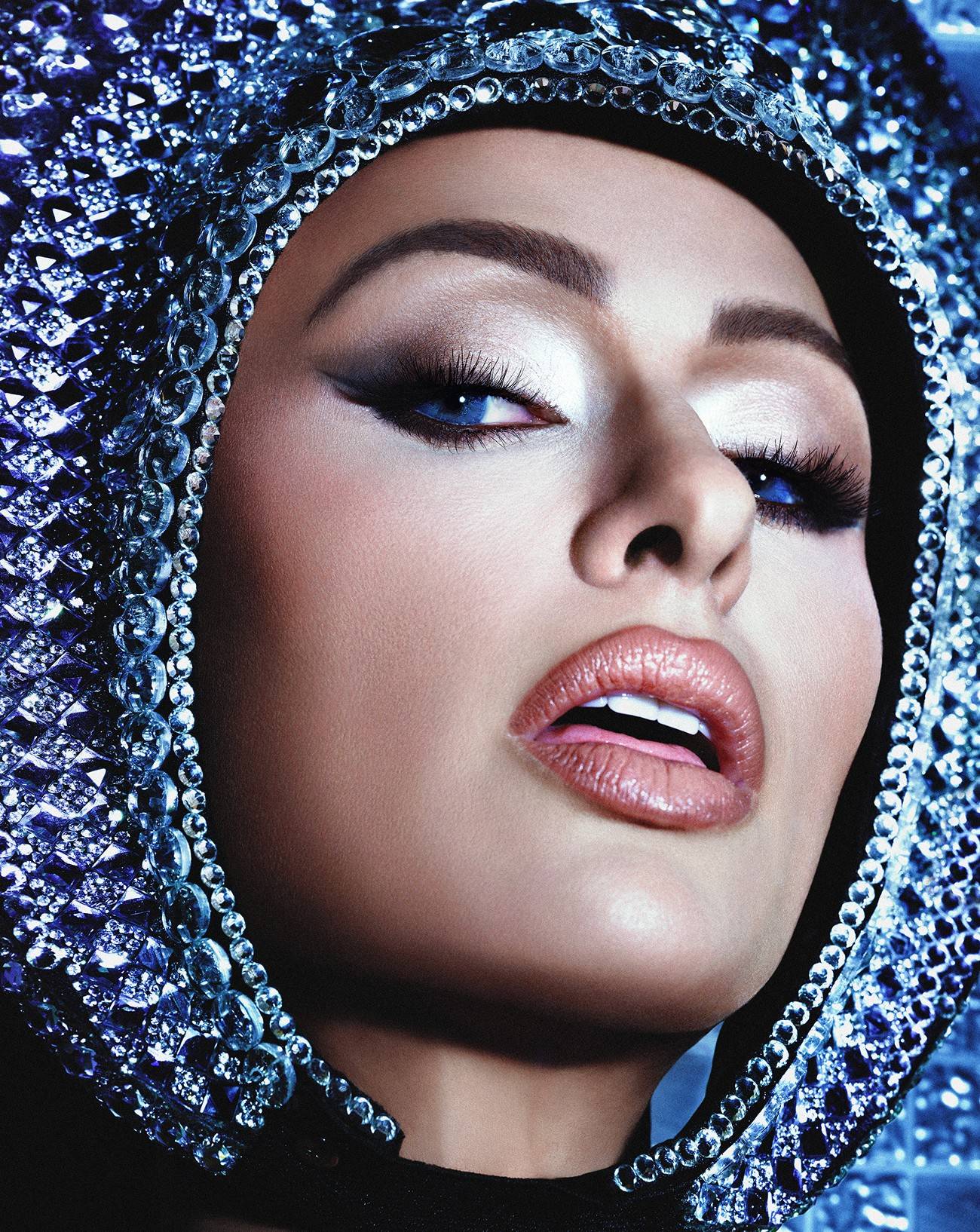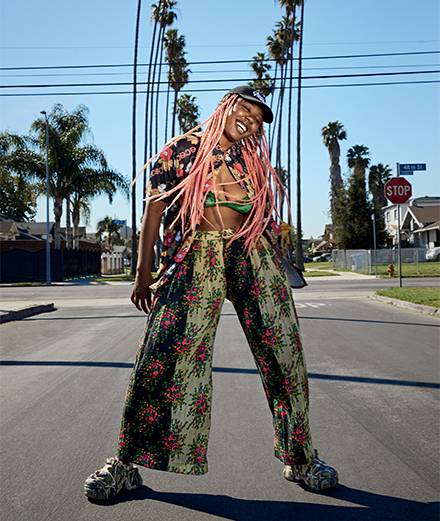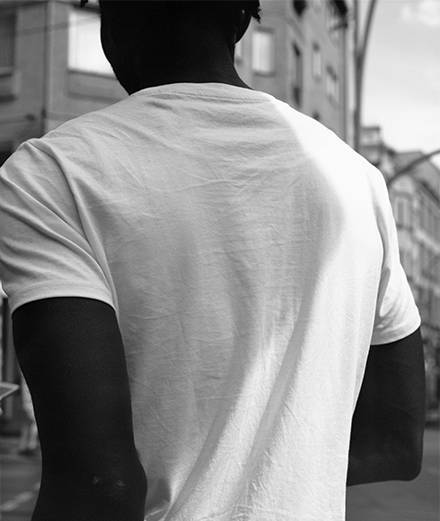

It’s a photo that shocked: a mother and her two young daughters urinating in the open air. The mother and her youngest both face the camera while the older girl turns her back. We see their tan lines as they stand there naked, each pissing a thick stream of urine, accentuated by the backlighting and the monochrome. The Three Graces (1994) is part of Sally Mann’s Immediate Family series (1984–92) – a selection of which was published by Aperture in a 1992 book – for which she photographed her three children: her son Emmet, the oldest, and her daughters Jessie and Virginia. What could be more natural than a mother, a photographer by profession, taking pictures of her kids? But the photos in this series are not just snapshots, they were staged, taken with a plate camera which required the models to pose for a long time. The series was a form of bucolic theatre, a family game, in which her young, often naked children played alongside the river running through their garden.


In the early 90s, the defenders of decency saw some of the photos as pornography, paedophilia even. A right-wing leader even called for Mann’s book to be destroyed. What had started out as innocent became taboo: a prepubescent child now had a black strip covering her non-existent breasts when the Wall Street Journal published a photo of Virginia to accompany an article about Mann’s work. To avoid any trouble, Mann and her husband went to see the local FBI to explain the unambiguous nature of her shots. After Immediate Family, the reaction to which left her hurt and destabilized, Mann moved on to new subjects.
“These images talk of the rivers of blood, of tears, of sweat that poured off Africans into the dirty dark soils of their new ungrateful homeland”


Mann was born in Virginia, in the foothills of the Blue Ridge Mountains, where she still lives. It’s a place imbued with history, where Civil War battles were fought, and where the light is particular, radical even, as it pierces the clouds to illuminate the oaks and cypresses swathed in Spanish moss. It’s an atmosphere found in the work of photographer Alec Soth and the filmmakers Jim Jarmush (Down by Law, 1986), Martin Scorsese (Cape Fear, 1991) and Sofia Coppola (The Beguiled, 2017). The sultry air hangs heavy, inviting other, more extreme photo explorations – for in Mann’s work there is love, but also death…


With the series Deep South (1996–98) and What Remains (2000–04), Mann captured the landscapes of Virginia, Louisiana and Mississippi where a tormented past haunts the earth. Swamps, battlefields, ruins – she photographed a bruised land filled with the dead. Hers is a lugubrious, strange ambiance accentuated by her technique, the same used by 19th-century war photographers. “These images talk of the rivers of blood, of tears, of sweat that poured off Africans into the dirty dark soils of their new ungrateful homeland,” she says. In the second part of What Remains, she went even further, somehow gaining access to a “body farm” – a forensic research centre where corpses are left outside to decompose so that scientists can collect data about the process. The bodies are small undefined heaps, almost nothing, returning to earth and dust.
Still on the theme of mortality, Mann returned to the subject of family with a series that was as intimate as it was striking: Proud Flesh (2003–09), documented the physical degeneration of her husband Larry, the father of her children, who had fibromuscular dysplasia, a rare illness which caused his body to shrink. He regularly posed in his wife’s studio, after the daily chores. Here too, there is decomposing flesh, a body in transformation. It’s no longer about adolescence, but the beginning of the end. Love and death. This theme of the effects of time is accentuated by her use of a bygone technique, the wet-collodion process, which was invented by Englishman Frederick Scott Archer in 1851. It’s perhaps also a subtle nod to the Civil War, since collodion was used to treat soldiers’ injuries. For Mann, it’s a way of distancing herself from contemporary photography, but also of imbuing her images with a dramatic patina, the accidents that occur in the printing process accentuating a certain morbidity.


And yet at the same time there’s a sensuality to her pictures that makes us want to reach out and touch them. Mann goes back to a period when photography was all about experimenting and chemistry – a medium that was materially tangible and had an intrinsic relationship to time.
Even though the prints are not on show at the Jeu de Paume, we shouldn’t forget another figure in Mann’s life, a fellow Southerner who moved to Italy: Cy Twombly, born in Lexington, just like Mann, 23 years earlier. She knew him for much of her life and regularly photographed his studio. In her series Remembered Light, made in Virginia and Italy between 1999 and 2012 (the year after Twombly’s death), art is in movement, even when the painter is absent, through the light that evolves over the course of the day and allows us to discover his canvases. It’s as though she were searching for that Southern light, miraculously transported to the studio in Gaeta. In this series it’s no longer a question of life or death, but of something far worse: absence.
Mann forces us to look back from our digital age to rediscover the beginnings of the art of photography, to look simply at nature and light, often in a face off between life and death. She also reminds us that the very word photography comes from the Greek φωτoς – meaning “light.”
Sally Mann : mille et un passages, from June 18 to September 22, Jeu de paume, Paris.











